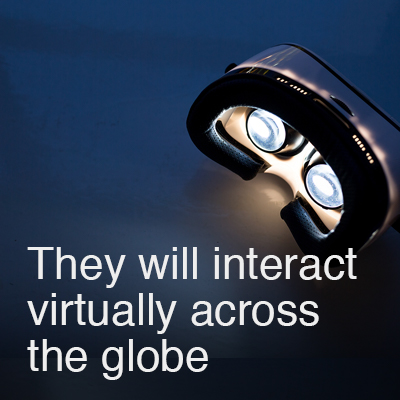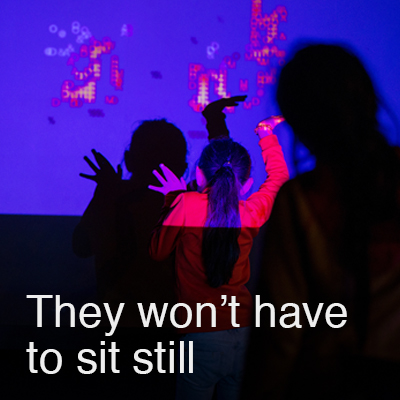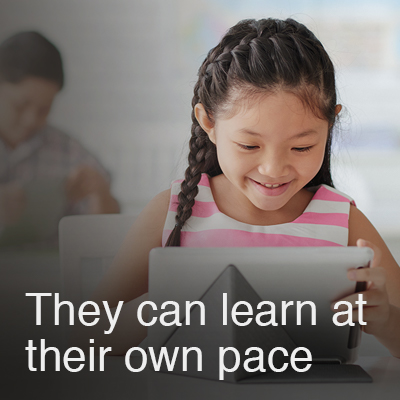
Just a few years ago, virtual reality (VR) seemed a concept that lived in science-fiction films and stories. But schools across the spectrum — from early education to graduate-level courses — are already incorporating virtual reality into the curriculum.
In England, students from Coventry University can rehearse Shakespeare plays with fellow drama students around the world through a digital portal. The virtual portal combines stage and video-conferencing technology with life-sized projections to allow theatre students to interact as if they were in the same location!

Say goodbye to boring lectures! Virtual and augmented reality are also transforming the educational landscape by bringing textbooks to life.
Beyond just revising textbook curriculum, students at Columbia University and Harvard Medical School are also using VR surgical training platforms. These platforms provide students with highly realistic training using the latest, cutting-edge technology.
It’s not just colleges and universities that are keeping up with the pace of innovation, though. A research professor from Arizona State University has just released a game that enables younger students to use VR nets to catch butterflies while learning about natural selection.

Traditional classroom layouts are fast becoming a thing of the past too.
Seating arrangements have become more flexible to accommodate the different learning styles of students. Chairs and desks have been replaced by standing desks for those who have trouble focusing while sitting, collaborative workspaces have been built for group projects and, in some classrooms, interactive projectors have pushed whiteboards to the back of the supply cupboard.
A number of schools in the United States have installed wooden standing desks in classrooms to improve the concentration levels of students, who may feel restless if they spend too long sitting in the same position.

For too long, students have had to struggle with all being taught by a single method that may not be best suited to their learning styles. Enter personalised learning — the concept of tailoring education to individual needs, abilities and preferences of each student.
The growing practice has shown that it improves academic growth. A 2015 study conducted by global think tank RAND found that students who underwent a more tailored educational programme improved in maths and reading at a greater rate than students who were exposed to conventional learning styles.
Of course, “futuristic”, cutting-edge academic programmes mean that you may have to find “futuristic” funding. Use our education calculator to see how these numbers will grow in the future.
Alternatively, get in touch with our Premium Relationship Managers who can guide you on how you to start planning for your child’s future.













